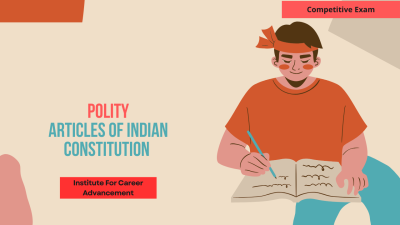The Pronoun
 Compare
Compare
Pronouns are words that replace nouns to avoid repetition. They refer to people, places, things, or ideas without naming them directly.
Here are some examples of pronouns:
Personal pronouns: I, you, he, she, it, we, they, me, him, her, us, them
Demonstrative pronouns: this, that, these, those
Interrogative pronouns: who, whom, whose, which, what
Relative pronouns: who, whom, whose, which, that
Indefinite pronouns: someone, anyone, everyone, no one, somebody, anybody, everybody, nobody, something, anything, everything, nothing, one, each, either, neither, many, few, several, some, any, all, most, most of, some of, any of
Pronouns are essential for making sentences more concise and avoiding redundancy. They help to clarify relationships between different elements in a sentence.
সর্বনাম হল এমন শব্দ যা পুনরাবৃত্তি এড়াতে বিশেষ্যগুলিকে প্রতিস্থাপন করে। তারা সরাসরি নাম উল্লেখ না করে মানুষ, স্থান, জিনিস বা ধারণাগুলিকে বোঝায়।
এখানে সর্বনামের কয়েকটি উদাহরণ দেওয়া হলঃ
ব্যক্তিগত সর্বনামঃ আমি, তুমি, সে, সে, এটা, আমরা, তারা, আমি, তাকে, তাকে, আমাদের, তাদের
প্রদর্শনমূলক সর্বনামঃ এই, যে, এই, সেই অন্তর্বর্তী সর্বনামঃ কে, কে, কার, যা, কোন আপেক্ষিক সর্বনামঃ কে, কে, কার, যা, সেই অনির্দিষ্ট সর্বনামঃ কেউ, যে কেউ, সবাই, কেউ, কেউ, কেউ, সবাই, কেউ, কেউ, কিছু, কিছু, সবকিছু, কিছুই, এক, প্রতিটি, উভয়, না, অনেক, কয়েক, বেশ কয়েকটি, কিছু, কোনও, সমস্ত, সর্বাধিক, বেশিরভাগ, কিছু, কিছু
বাক্যগুলিকে আরও সংক্ষিপ্ত করতে এবং অপ্রয়োজনীয়তা এড়াতে সর্বনাম অপরিহার্য। এগুলি একটি বাক্যে বিভিন্ন উপাদানের মধ্যে সম্পর্ক স্পষ্ট করতে সহায়তা করে।




















